April 25, 2021
Martha O'Kennon
Our flowers keep coming and going. No more Crocus, no more Winter Aconites. But still yes to Grape Hyacinths. Forget-me-nots are increasing, and the Primroses are blooming more each day.
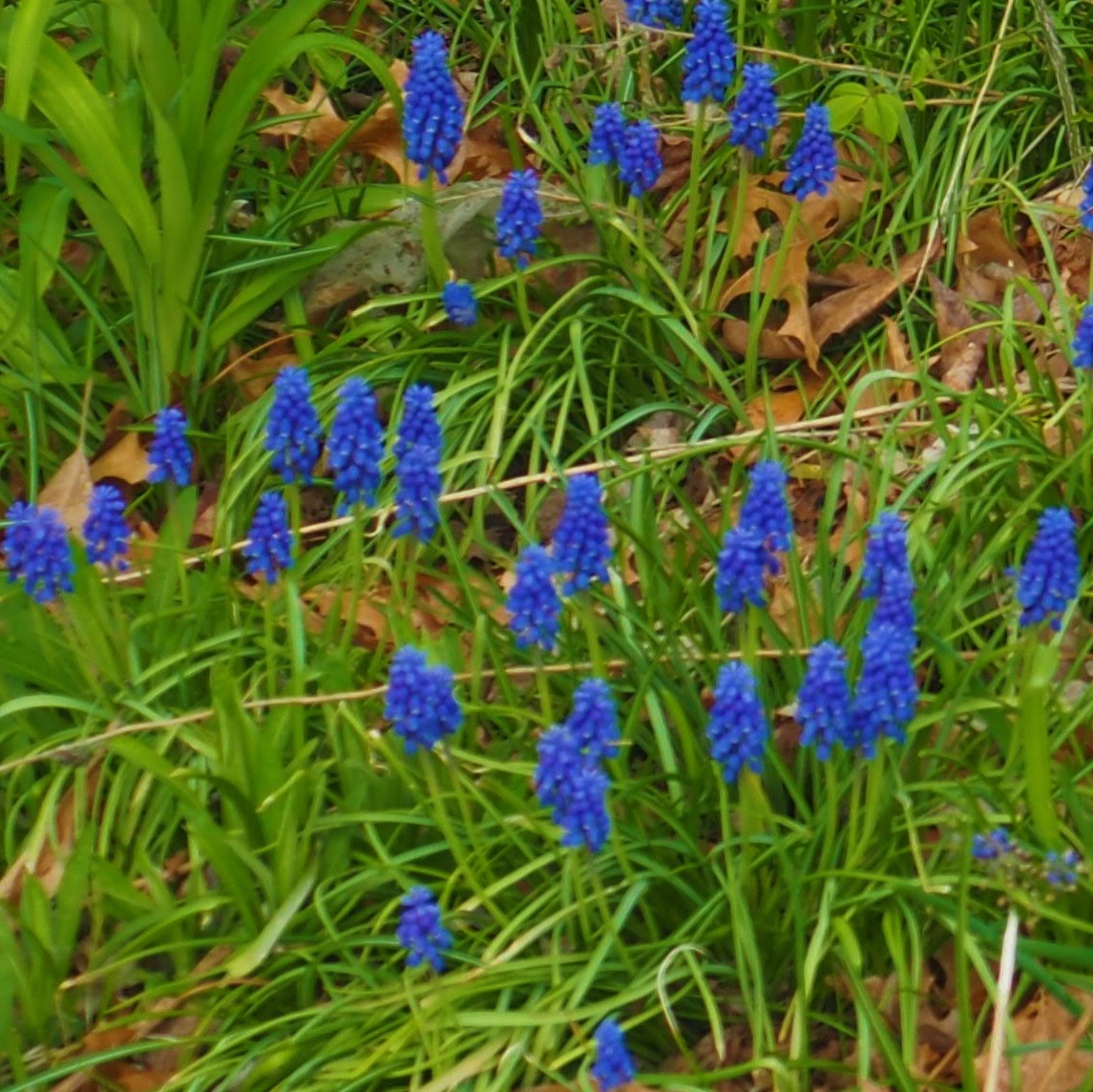

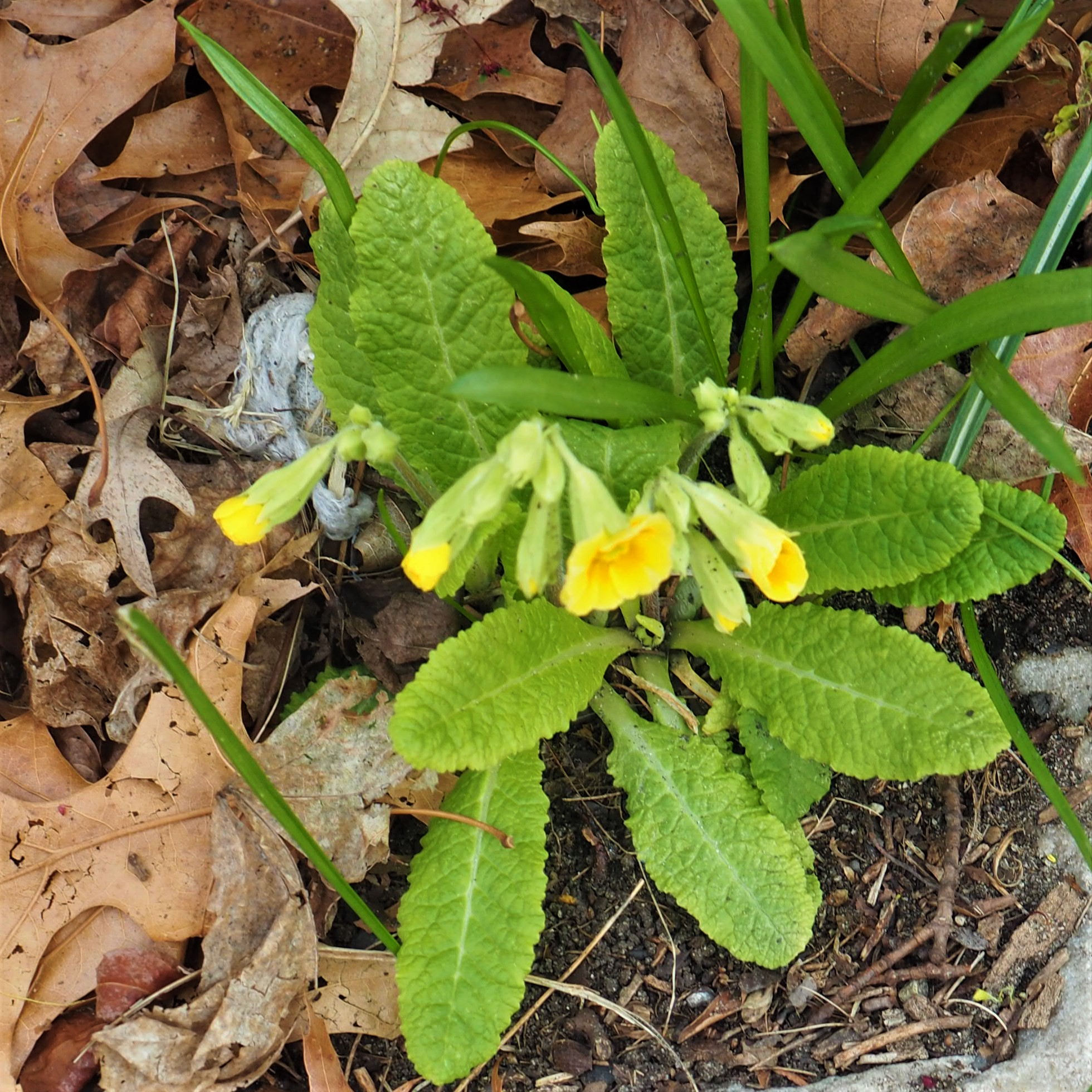
Remember that there is information in the name of the file for each image. You can see it by mousing over the image - look at the lower left of the screen. Or you can click on the image to get to the (usually) larger image. Then the info is displayed in the address line above. Sometimes the second click will actually display a different view of the original image.
We had a couple of days of COLD, which means the creatures we expect are trying to keep themselves warm. Here's a Small Honey Ant, which is now back to its usual dominion of the Shop Siding. Next is the upheaval of Deb's parking (verge, etc - the green strip between the pavement and the street, which in other years is caused by the Immigrant Pavement Ants' preparations for swarming. Third is some kind of Carpenter Ant - maybe large, maybe small - I'm going by the general shape!
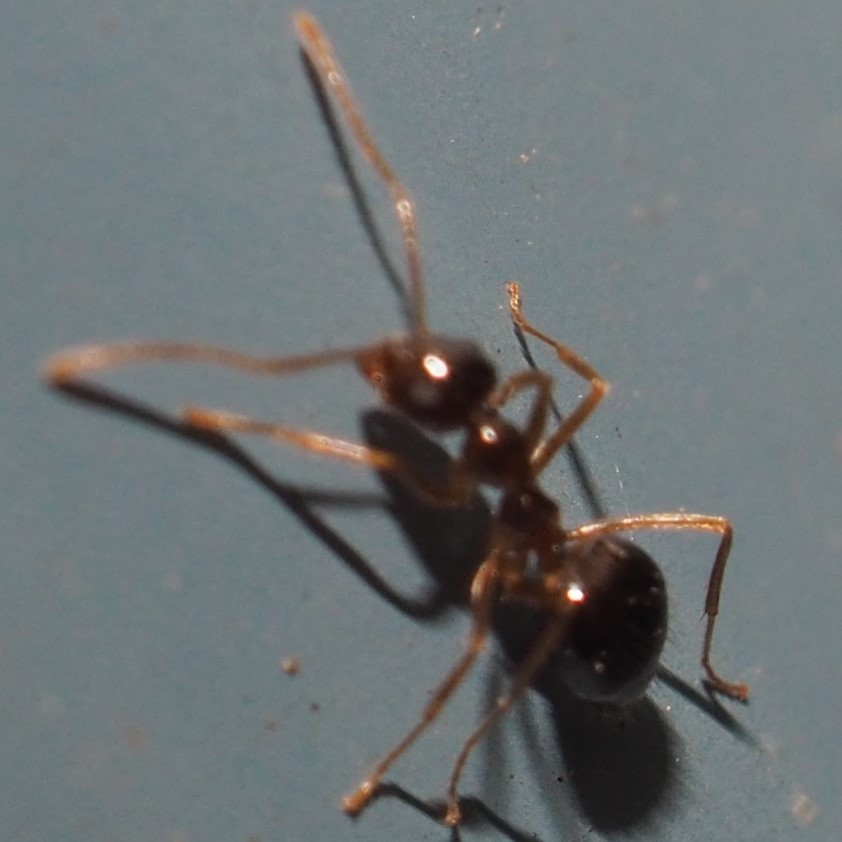


I promised you as I slid last week's blog under your door that there might be some news about Barklice. Well, I do believe I wasn't fibbing about that. Last Sunday was a warmish April day and as I was looking through some recently posted photos I found this one.
The person who posted it was about 100 miles north of us here, and so if he was seeing that nice a picture, maybe it was time to head out and look for my guys. Sure enough, on the East Wall, two panels (5 from and 3 from the east-north corner showed a couple of little fairly newly hatched Barklouse nymphs. Panel 5 (picture 2) even had two hatchlings in one camera lens-space. Rounding the corner, there was even a nymph on one of the lower-numbered panels! It's practically a given that if all these hatched within a day of each other, that they were going to be the same species. In fact, if you look at picture 1, you'll see that the nymph appears to already have the thoracic red spots that we've come to associate with Graphopsocus cruciatus!

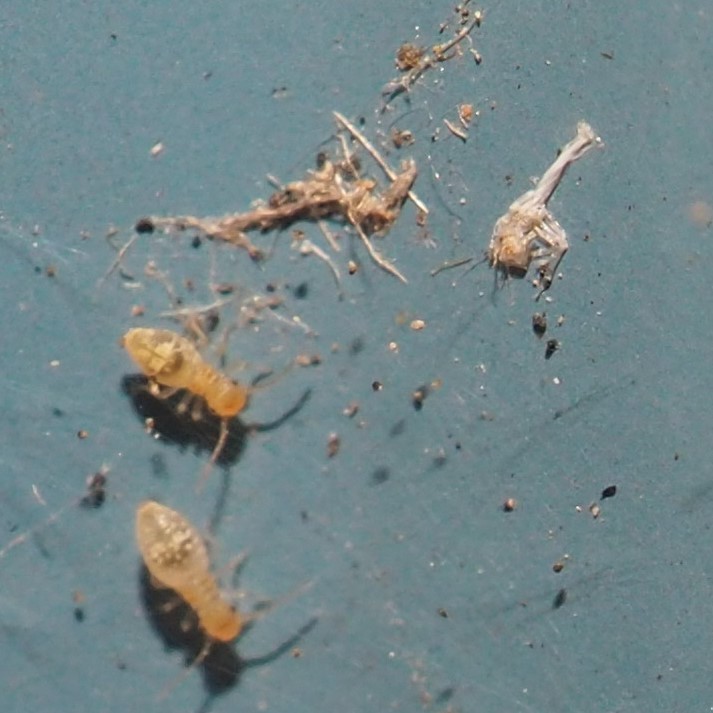
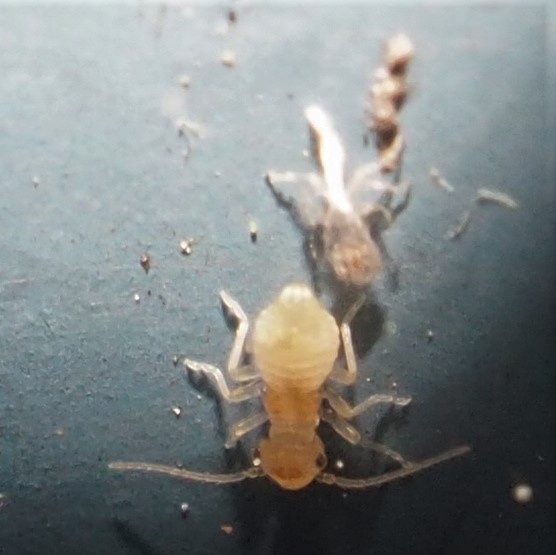
The grouping of eggs (which appears to have overwintered as eggs) that we have been watching is still showing no signs of hatching but I'm encouraged that barring any worse weather they will manage to stay unhatched until it's safe to do so. Second here is another grouping which seems quite different from the first one and I'm pretty sure it is the eggs of another kind of barklouse (or maybe booklouse or one other closely related something). Third is another bunch of eggs that were on the South Wall 2 panels from the east-south corner. Fourth resembles the usual pattern of eggs laid by Graphopsocus cruciatus. So these may all be different species or maybe not.
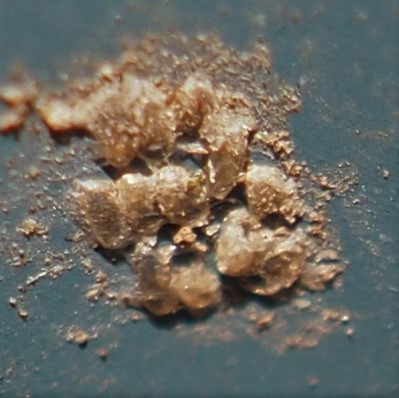
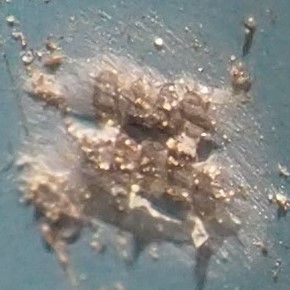
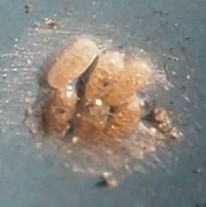
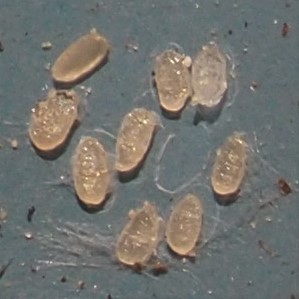
On the North wall, on one of the higher panels, maybe panel 8, was this scene. Note the purplish bits, which MAY be remnants of the Ectopsocus meridionalis eggs that have suffered so much from that March rainfall.
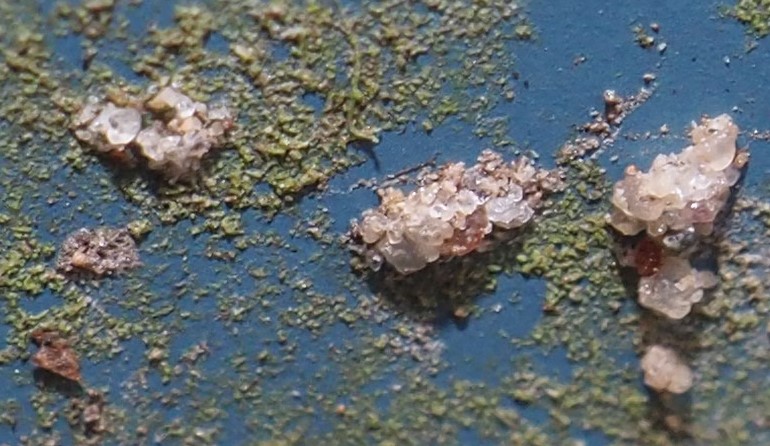
There have been a few Bees, but mostly quite small and quick to evade me. One Beetle was trying and largely succeeding in hiding from me in a slit between panels. I got two White-margined Burrowing Bugs, one (which had just come up from under the shop) covered with fine bits of dust). And finally, that probable Insidious
Plant Bug.
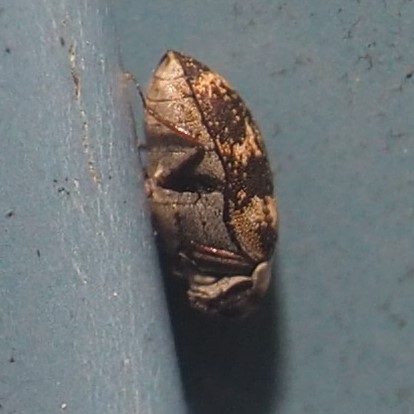
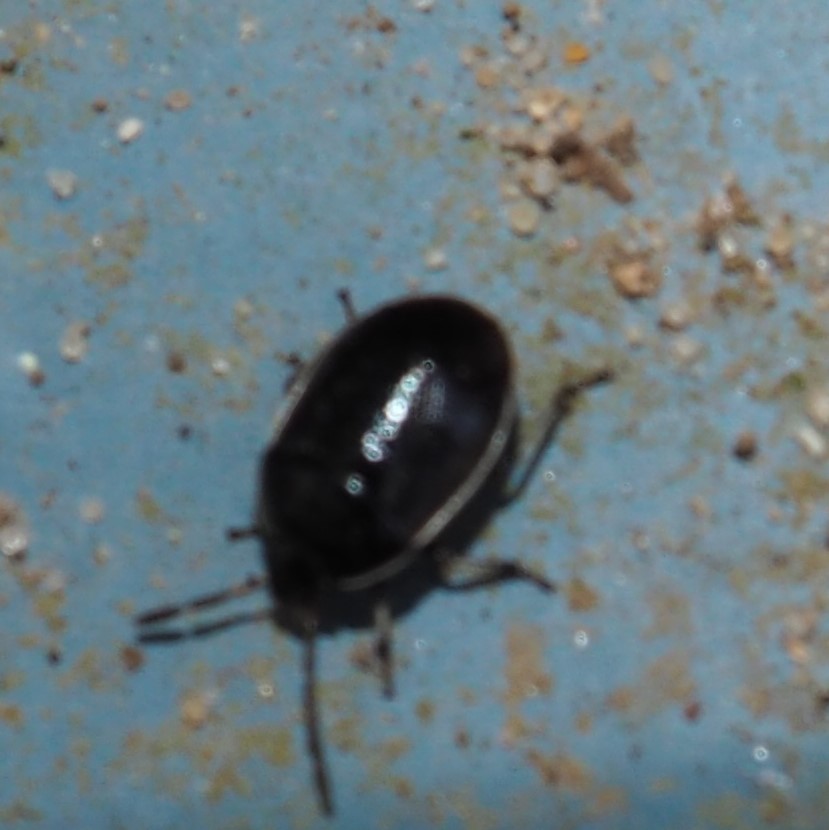
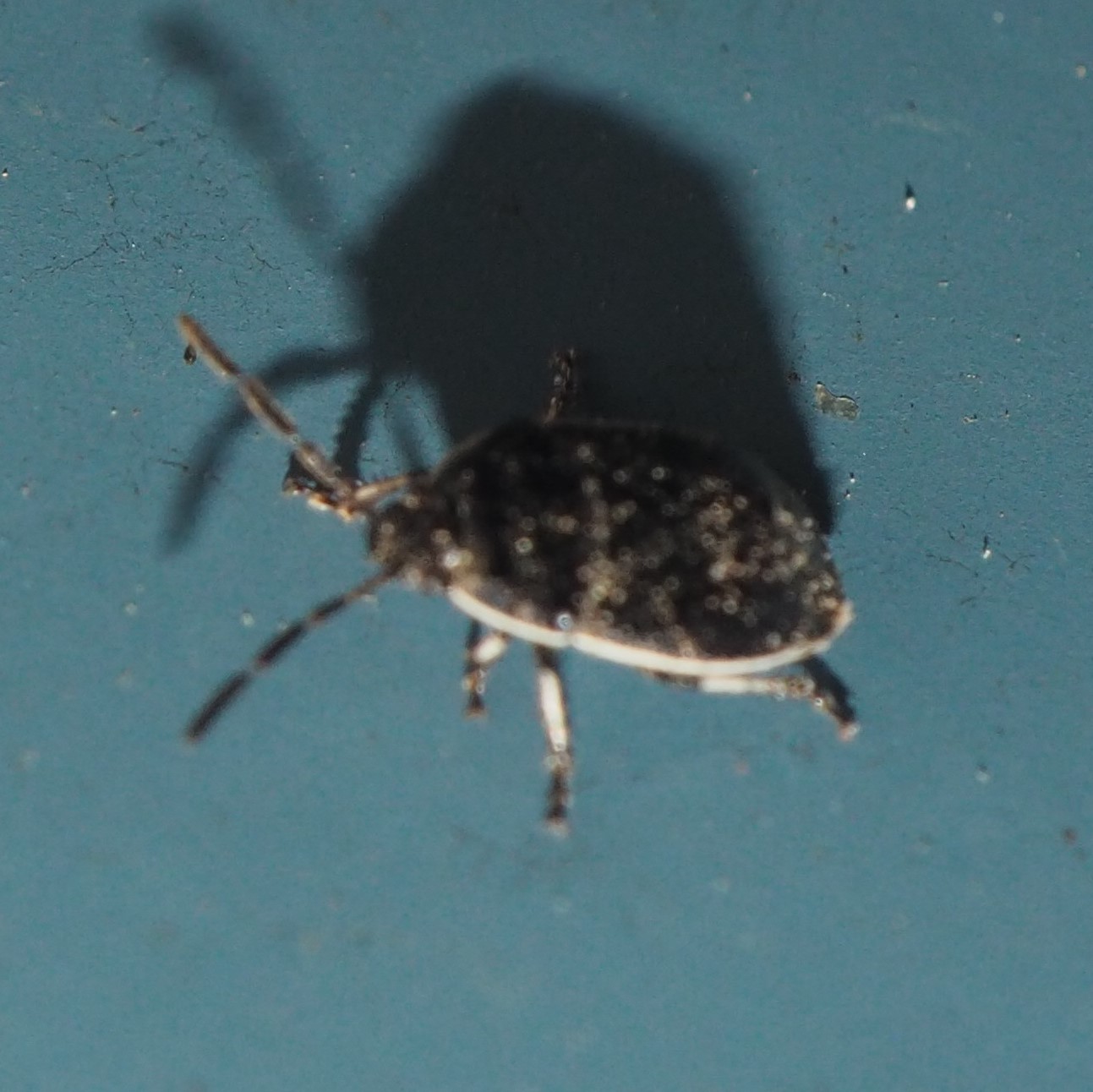
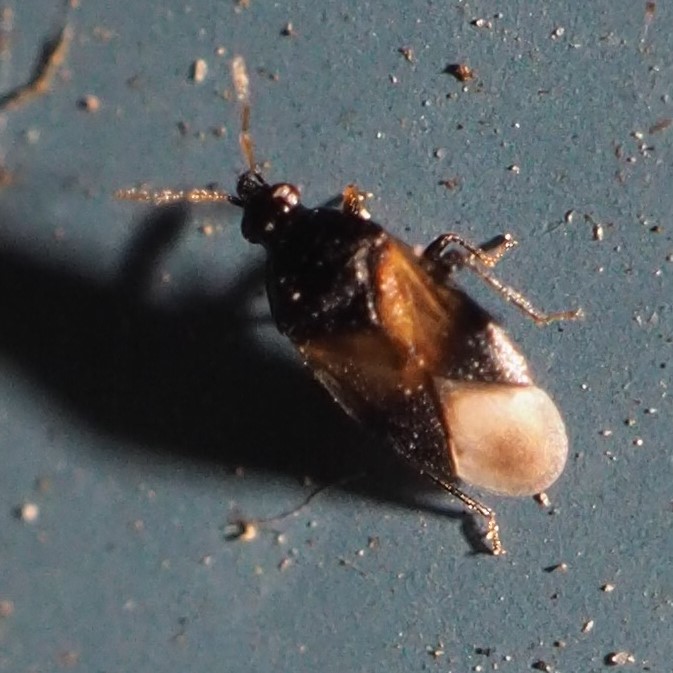
Yesterday I was about to say that the Leafhoppers let us down. But then that same day two of them showed up to prove me wrong. The first two pictures are of the same hopper- one in the genus Erythridula, while the third is one of those "dotty" patterns seen in some Eratoneura Leafhoppers.
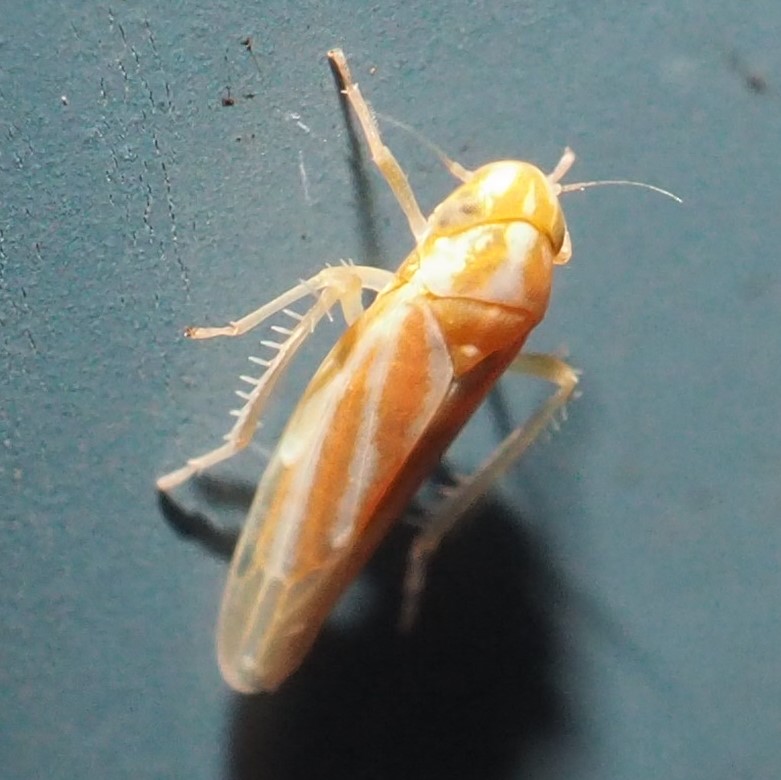
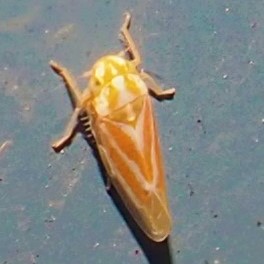

That was about it for the Bugs. So we need to move on to the Fishes. If you click once on picture 1, you can see some of the variations in color patterns in some of the smaller fishes.
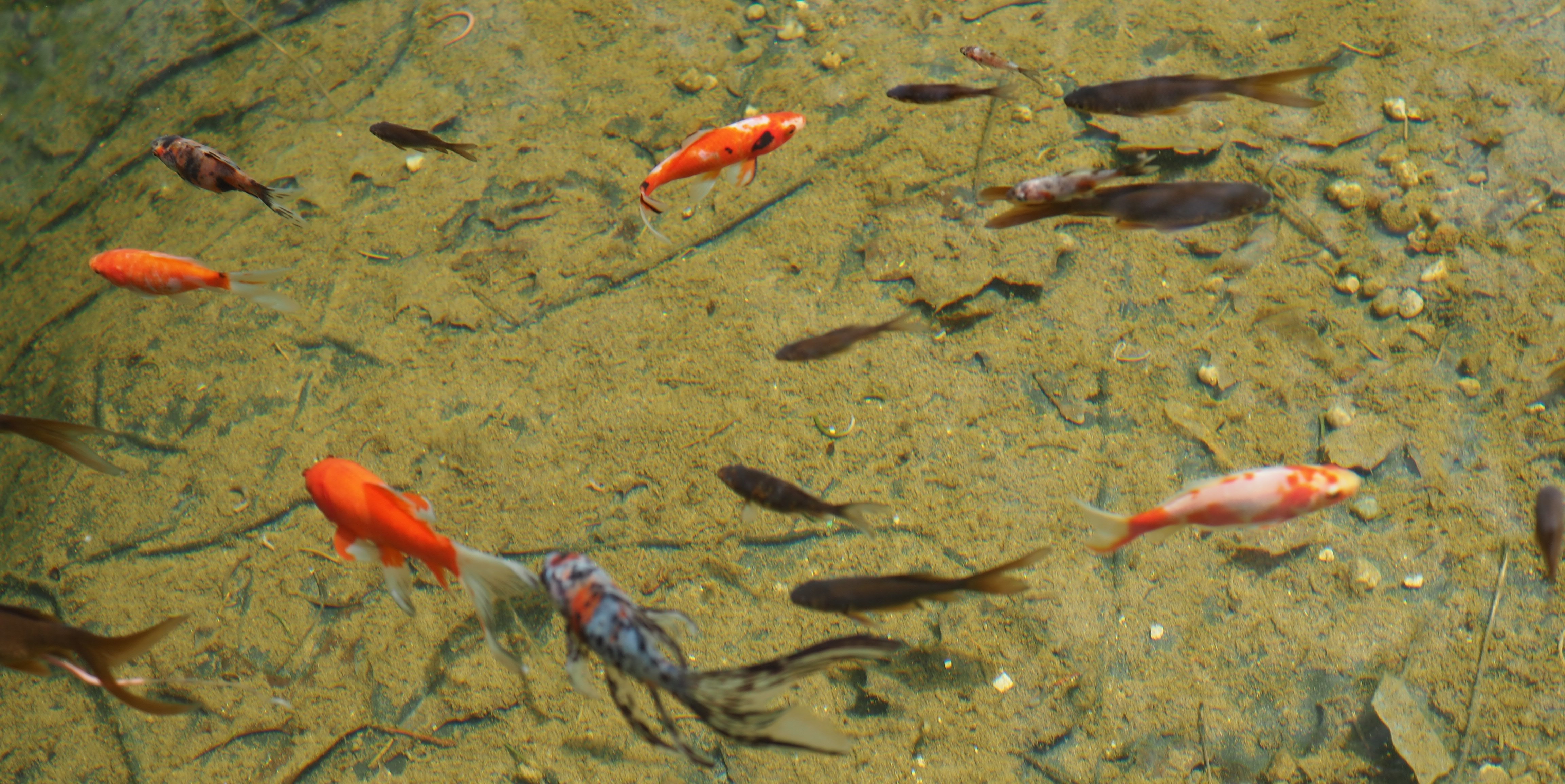

Hanging onto the old shovel was one of the Crane Flies (genus Tipula) that we saw last week. Third is the second one we saw last week.
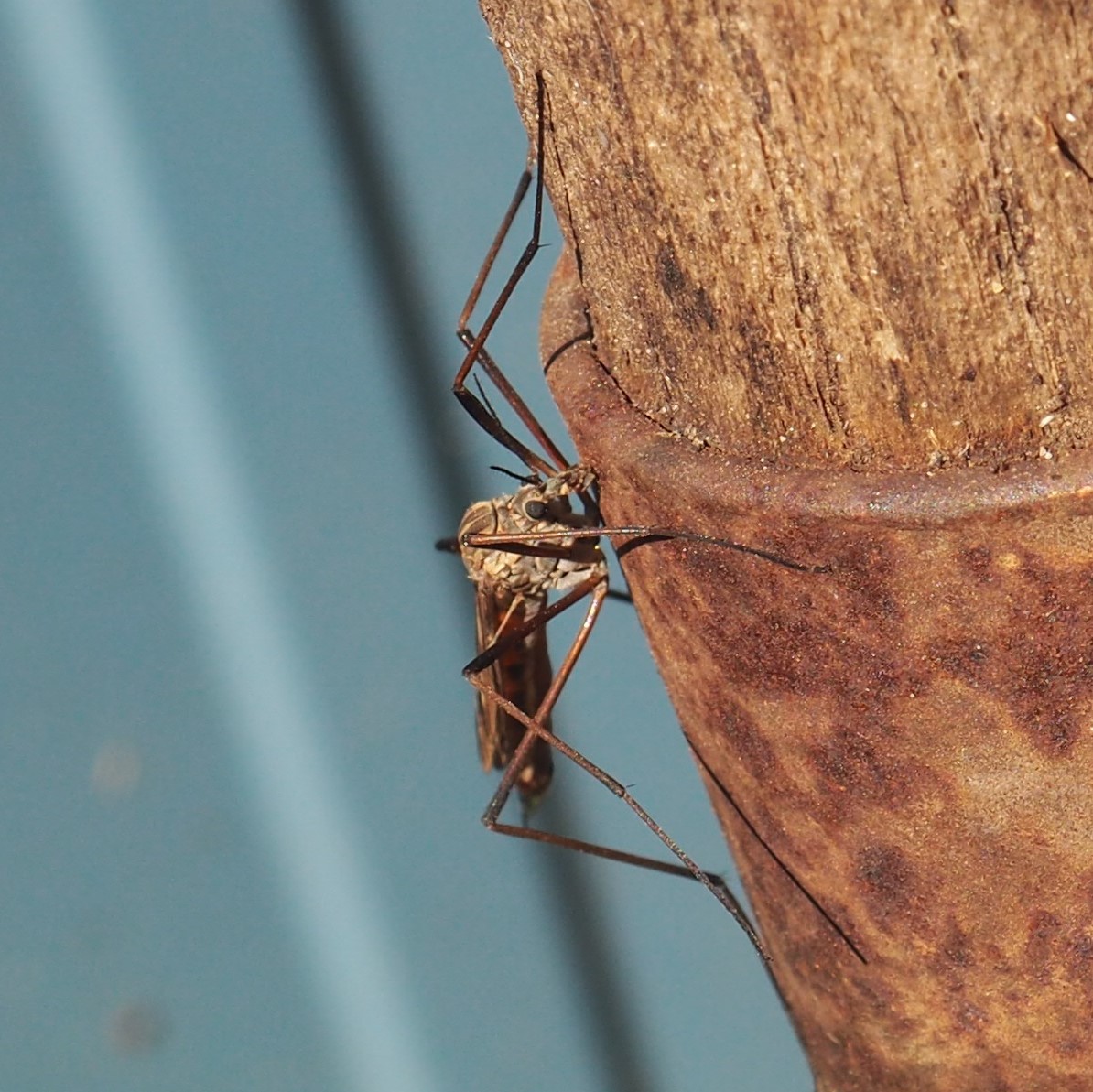
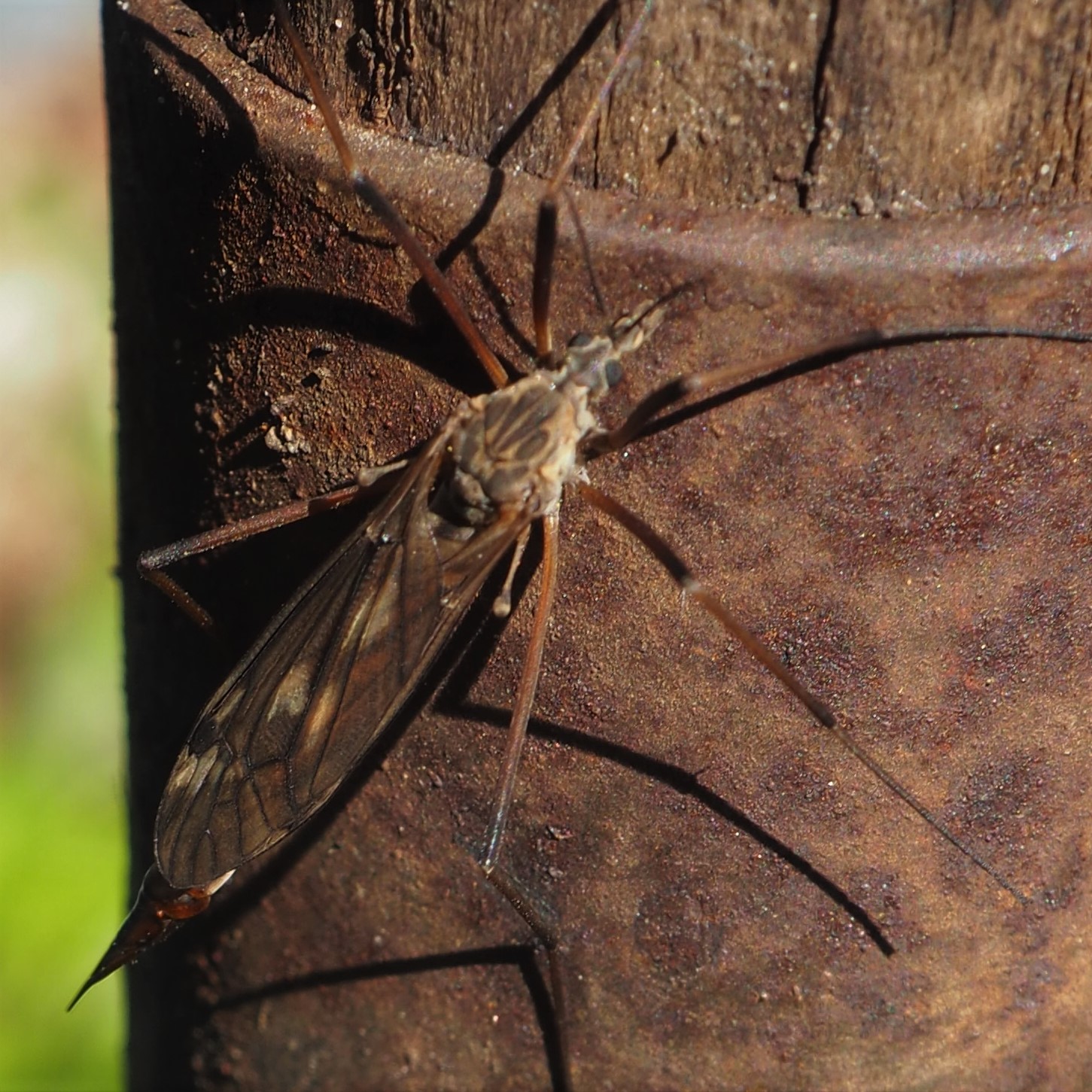

Fly number 1 here is either a Gall Midge or a Forest Midge. Second and third are either Fungus Gnats or Gall Midges. No wonder it is so hard to sort these rather attractive Flies apart!
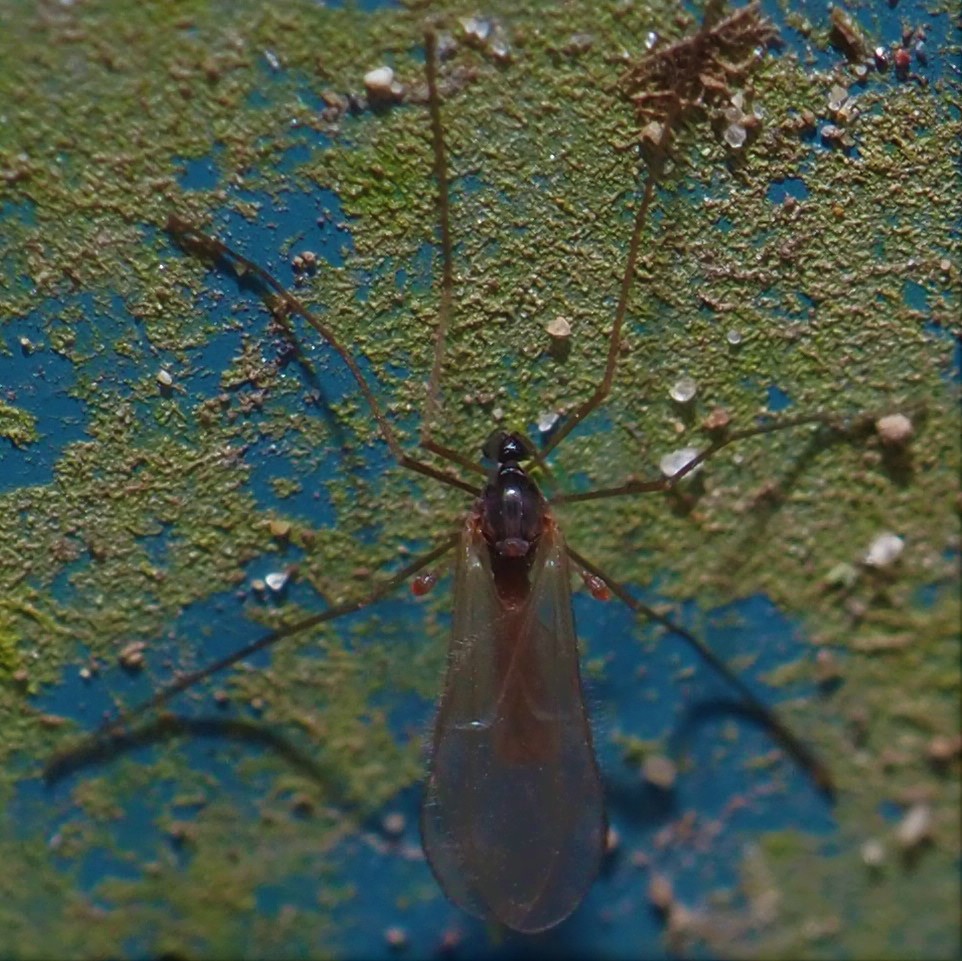

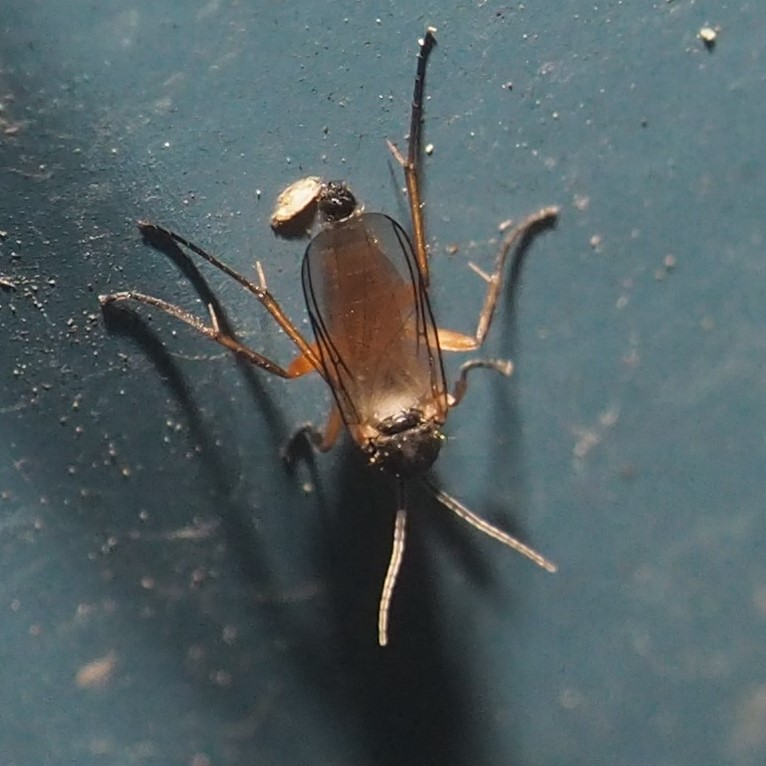
But even though the Midges are so hard to identify, some of them are so very lovely I can never resist shooting them. These Non-biting Midges with their beautiful pale green bodies seem to call out, Shoot me! I mean, capture my likeness in your camera! So I do! These three different ones appeared at three different times so they could all be the same one, or they might each be different. What we do know is that they are all delightfully Green. They are all Males - see the fluffy antennae? Let's see, number 3's thoracic pattern is a slightly deeper brownish color. I think I'll let you guess about these lovely flies!
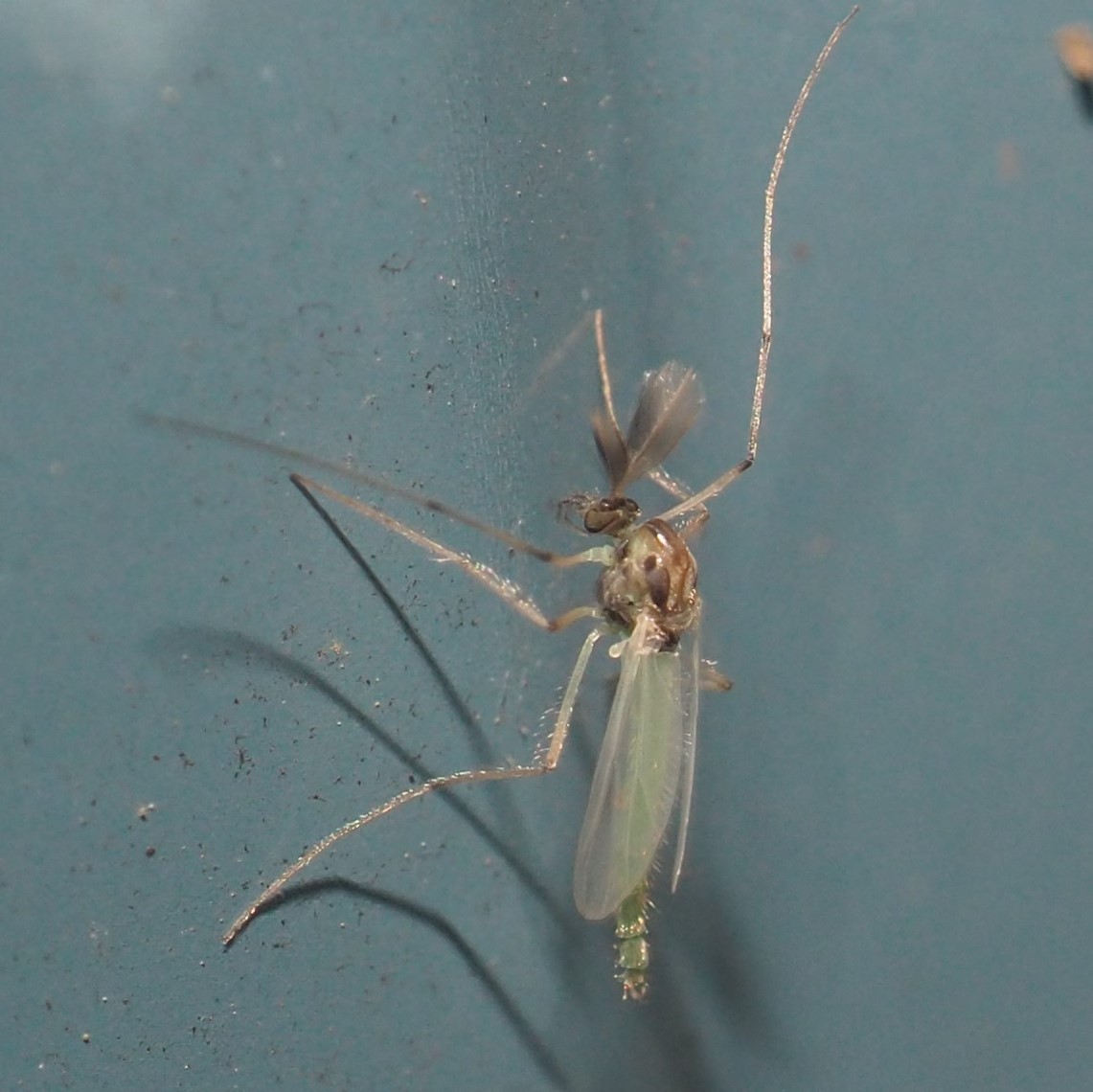
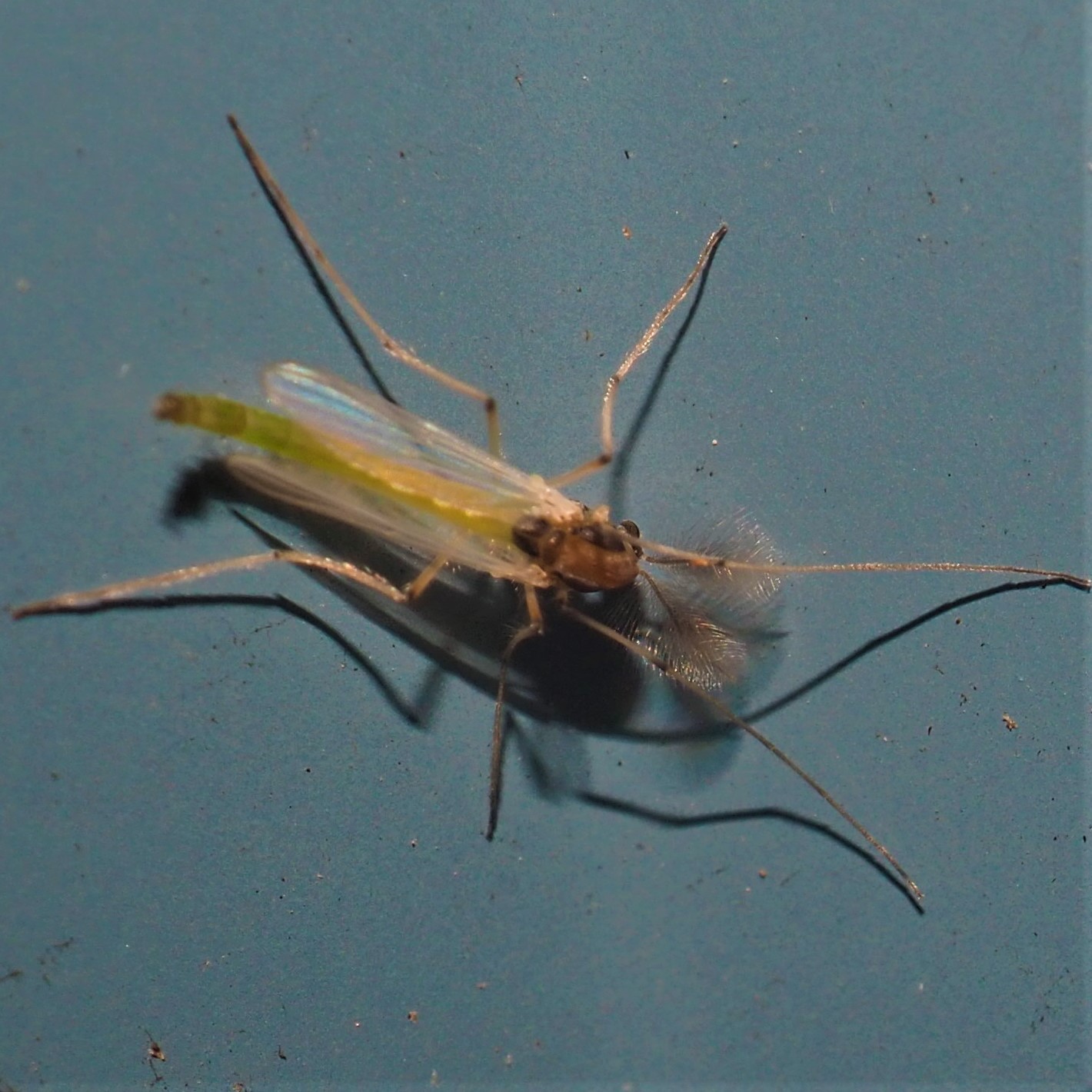

Let's take a well-deserved break and go look at flowers. It has been sort of a relaxed weekend weatherwise, and no BIG surprises. But a few little surprises may be pretty good. The Solomon's Seal is blooming - that is to say, its little upside-down white dangling flowers are beginning to show. I wonder if the hummingbirds have spotted them yet. They are usually the first thing I see the hummers attracted to. The Epimedium's tiny yellow flowers are proliferating. And the Golden Wood Poppies or Celandine Poppies have reached their peak, blooming all along the path between the Workshop and the plants south of it. You can see a few May apple plants among the Poppies.


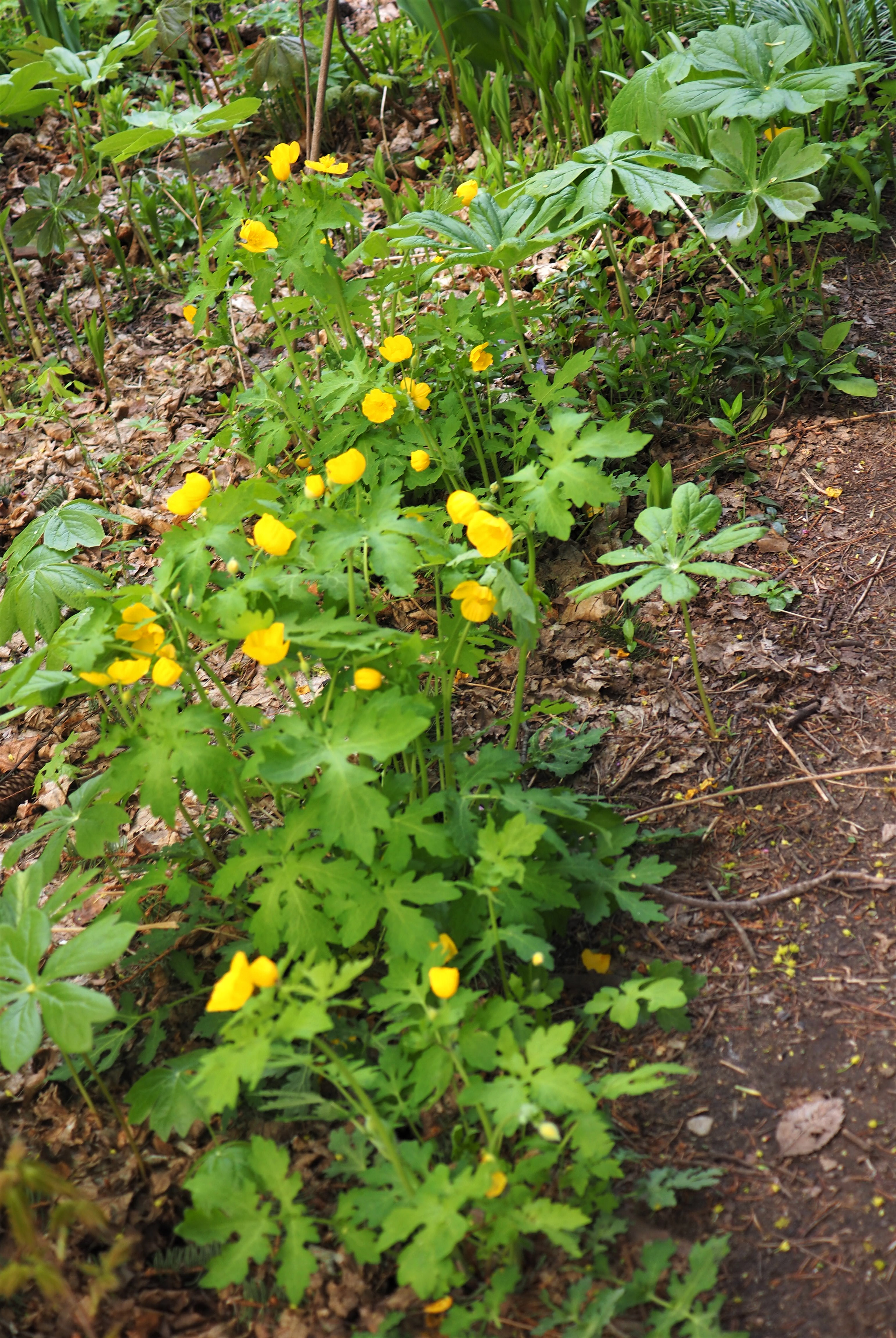
The Primroses, as I've been taught to say by various catalogs, are working on their summer surprise. I submitted this rose pink one and the next yellow one to iNat, and was told they are actually hybrids or cultivars of Primula and Polyantha, and so are actually to be called Primula x Polyantha, or Polyanthus. See this
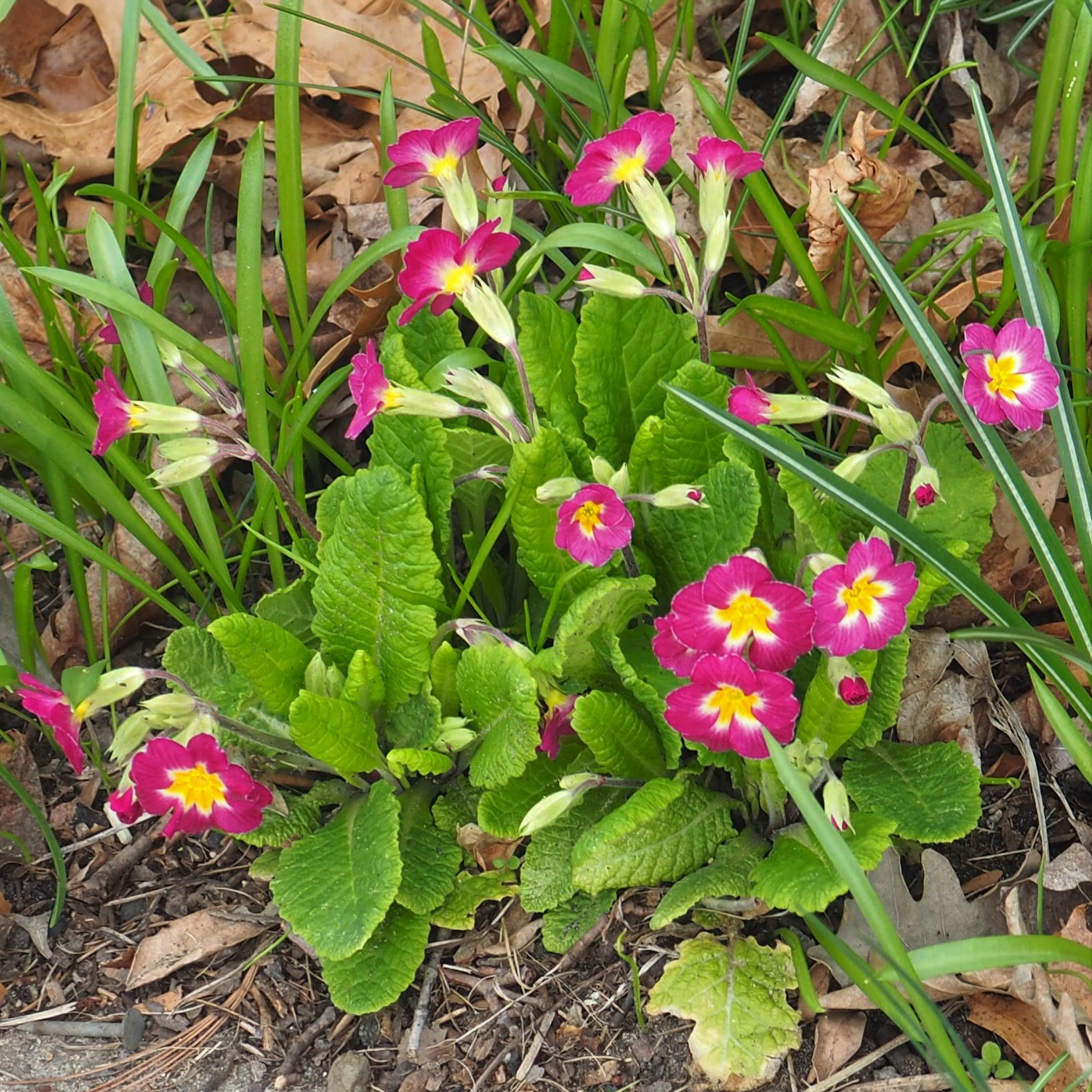
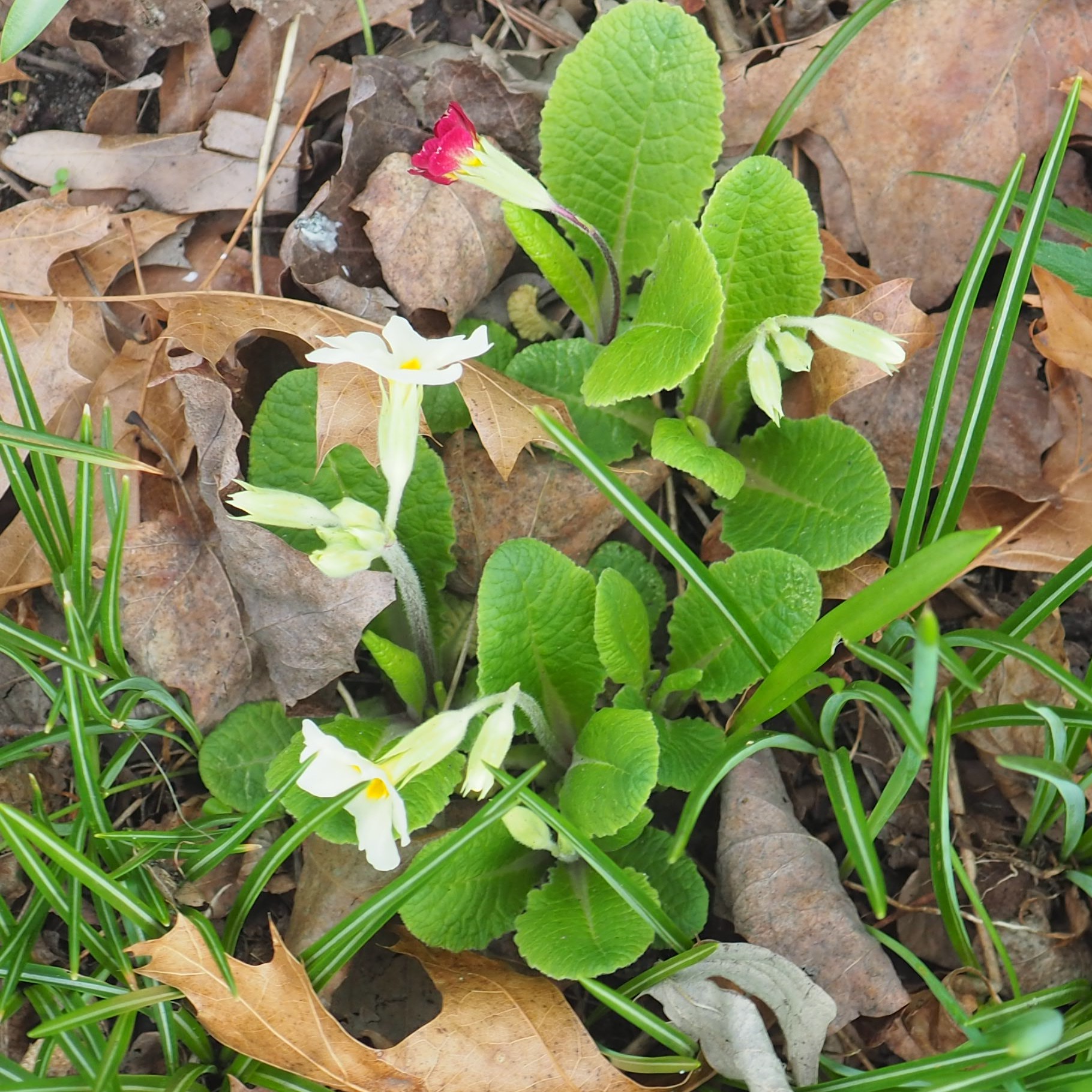

I saw this red Poppy yesterday morning, but when I went back to see it again today, it had turned into a Tulip! Third is a fancy dwarf Tulip.
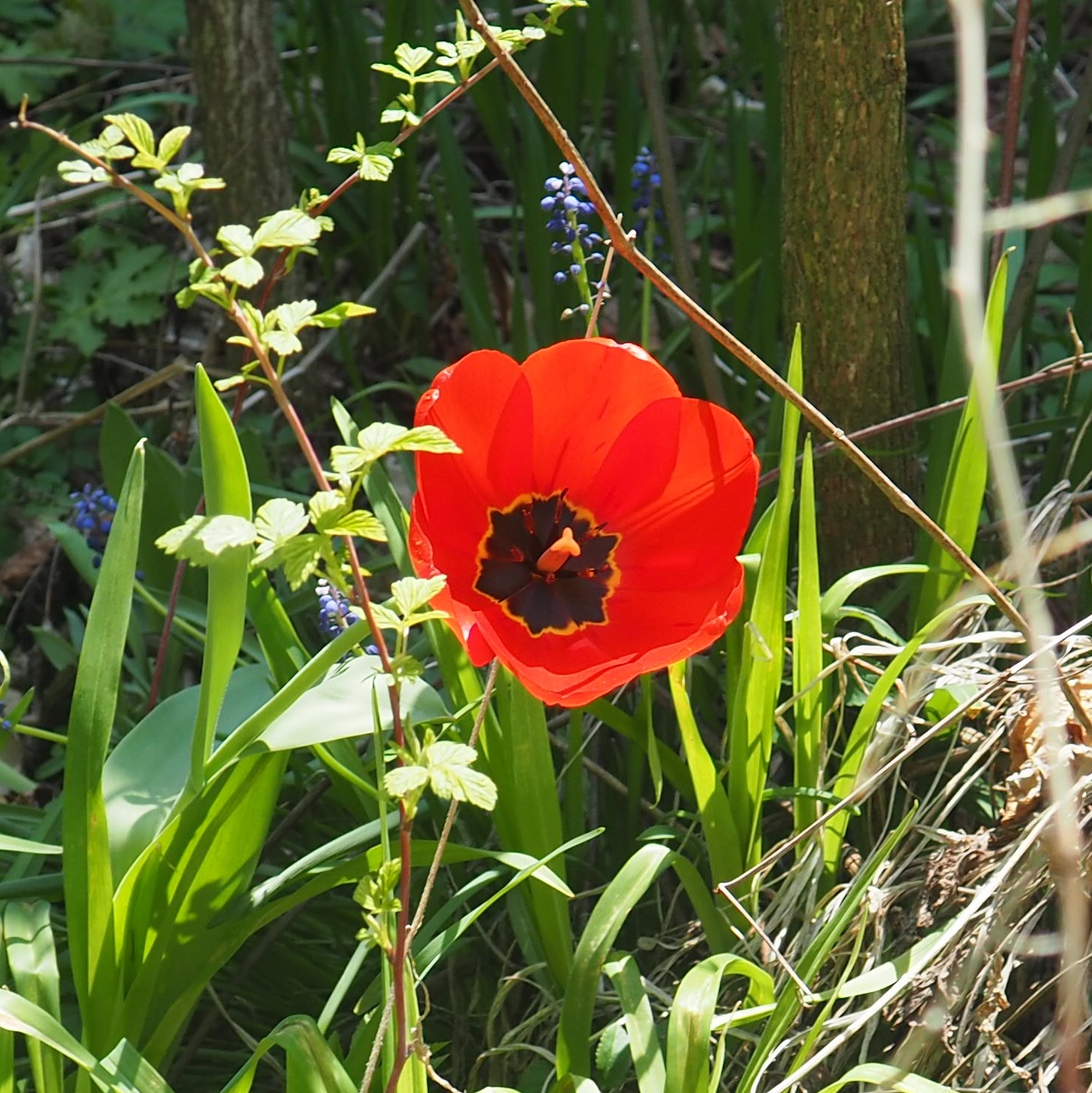
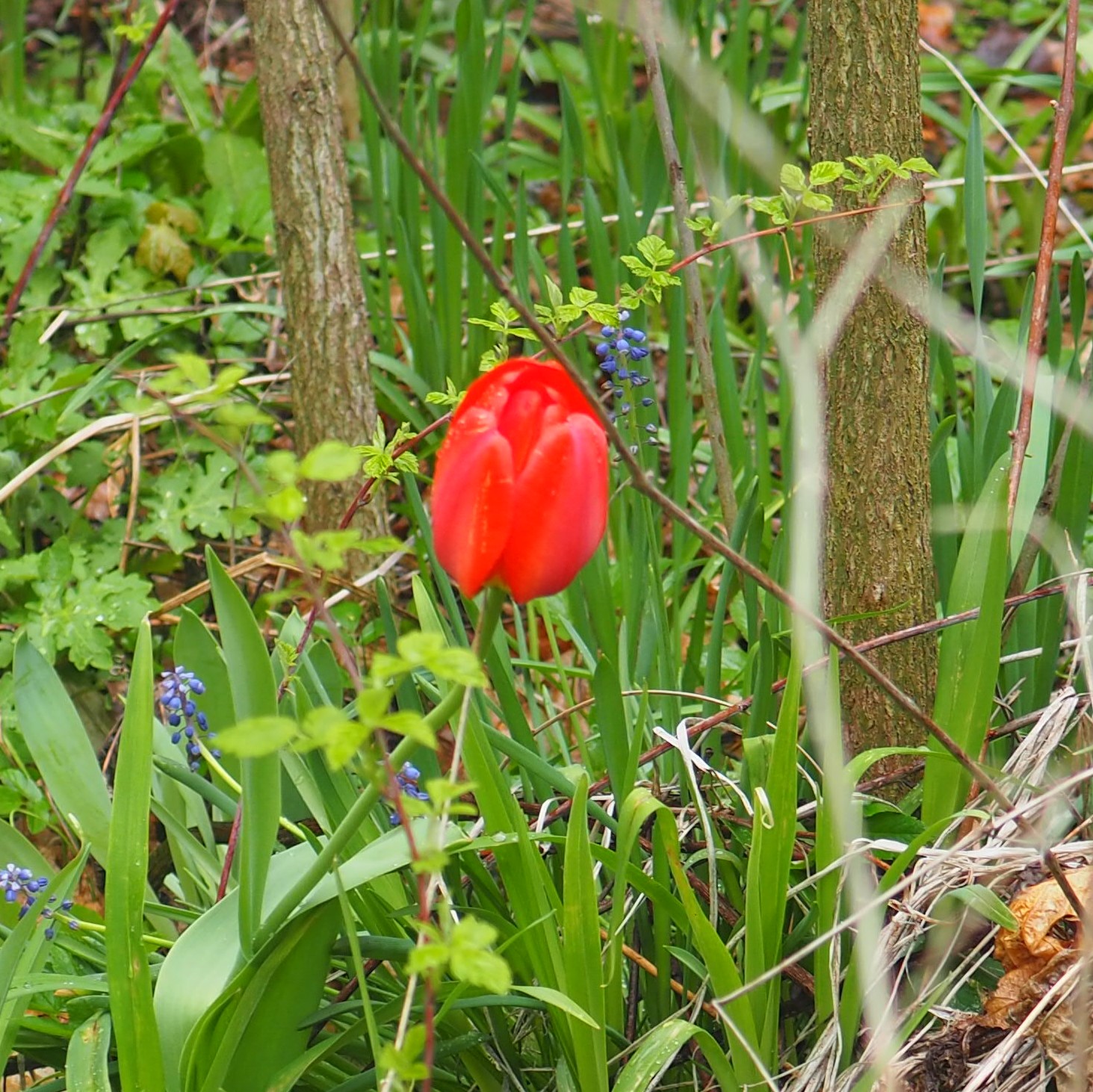

Here we are, at the Spiders! First up, we have a Cellar Spider, in fact a Long-bodied Cellar Spider
or Pholcus phalangioides.
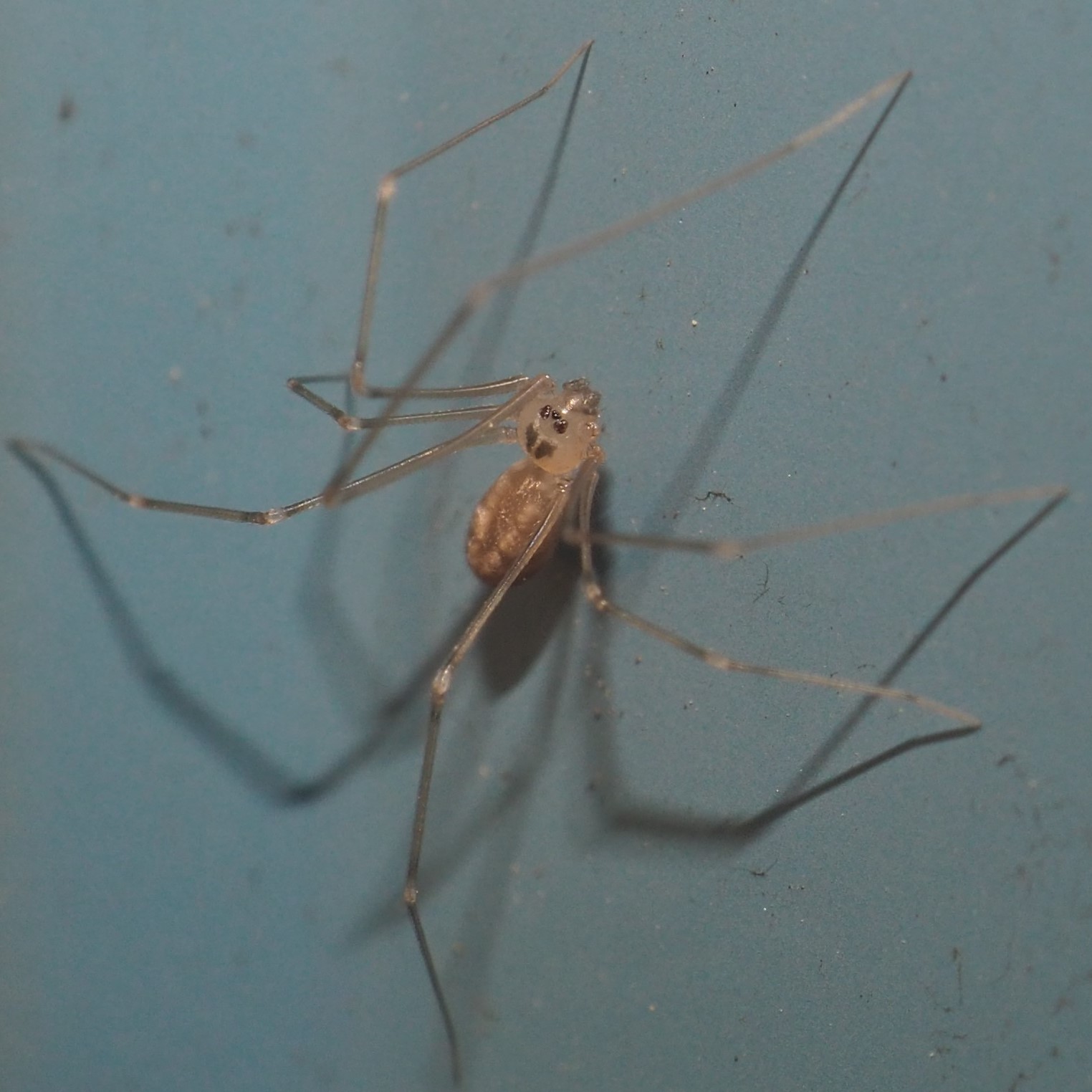

Then we were lucky enough to find the White-jawed Jumping Spider, Hentzia mitrata.
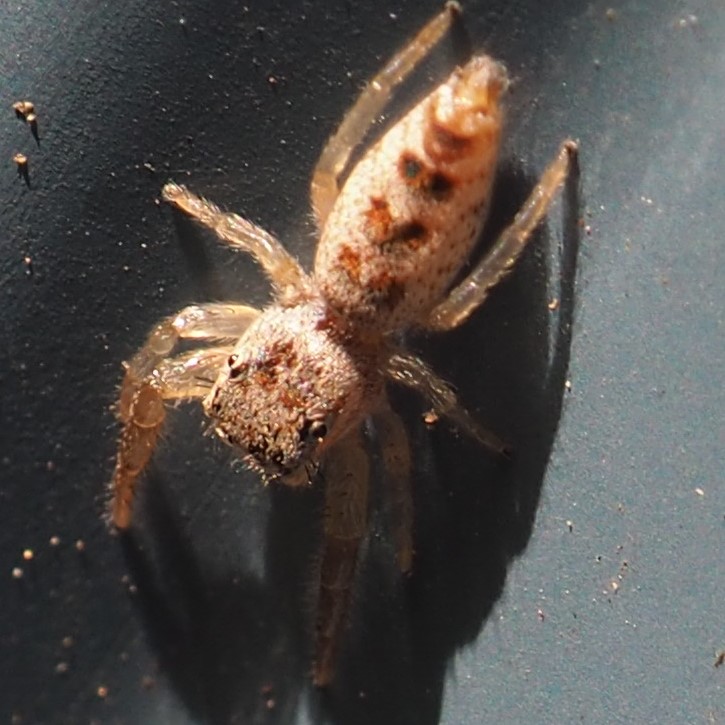
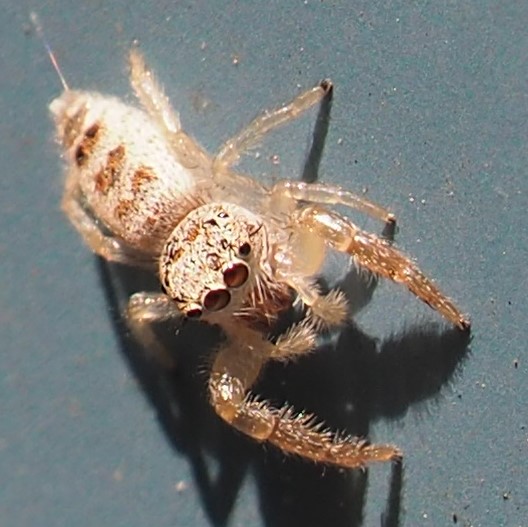
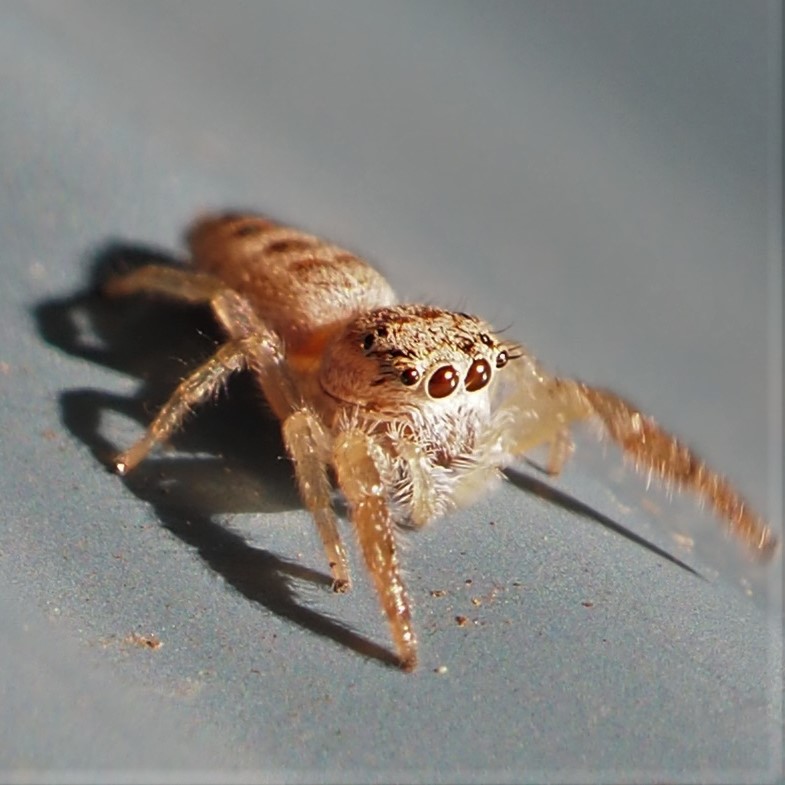
Here is some kind of Wolf Spider. It looks as if it had been painted.
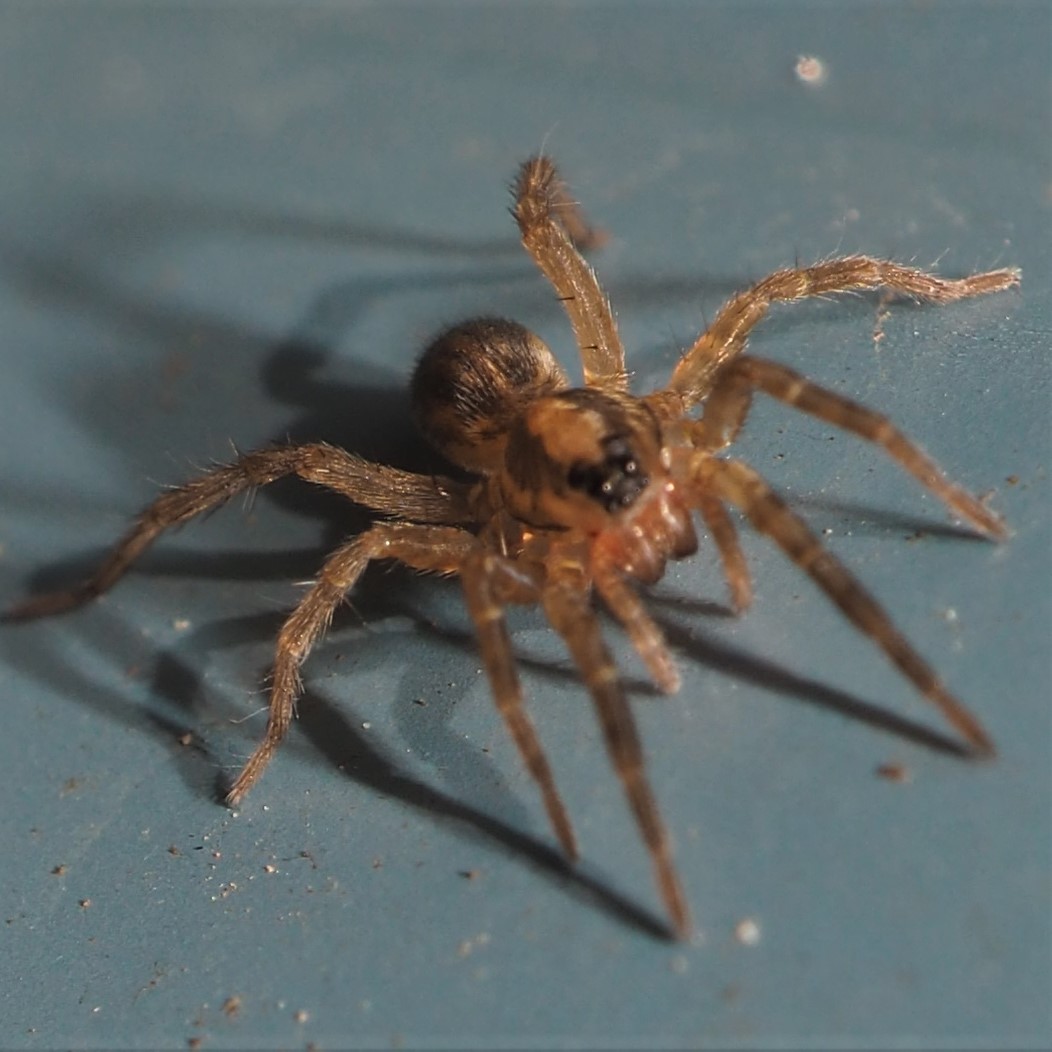
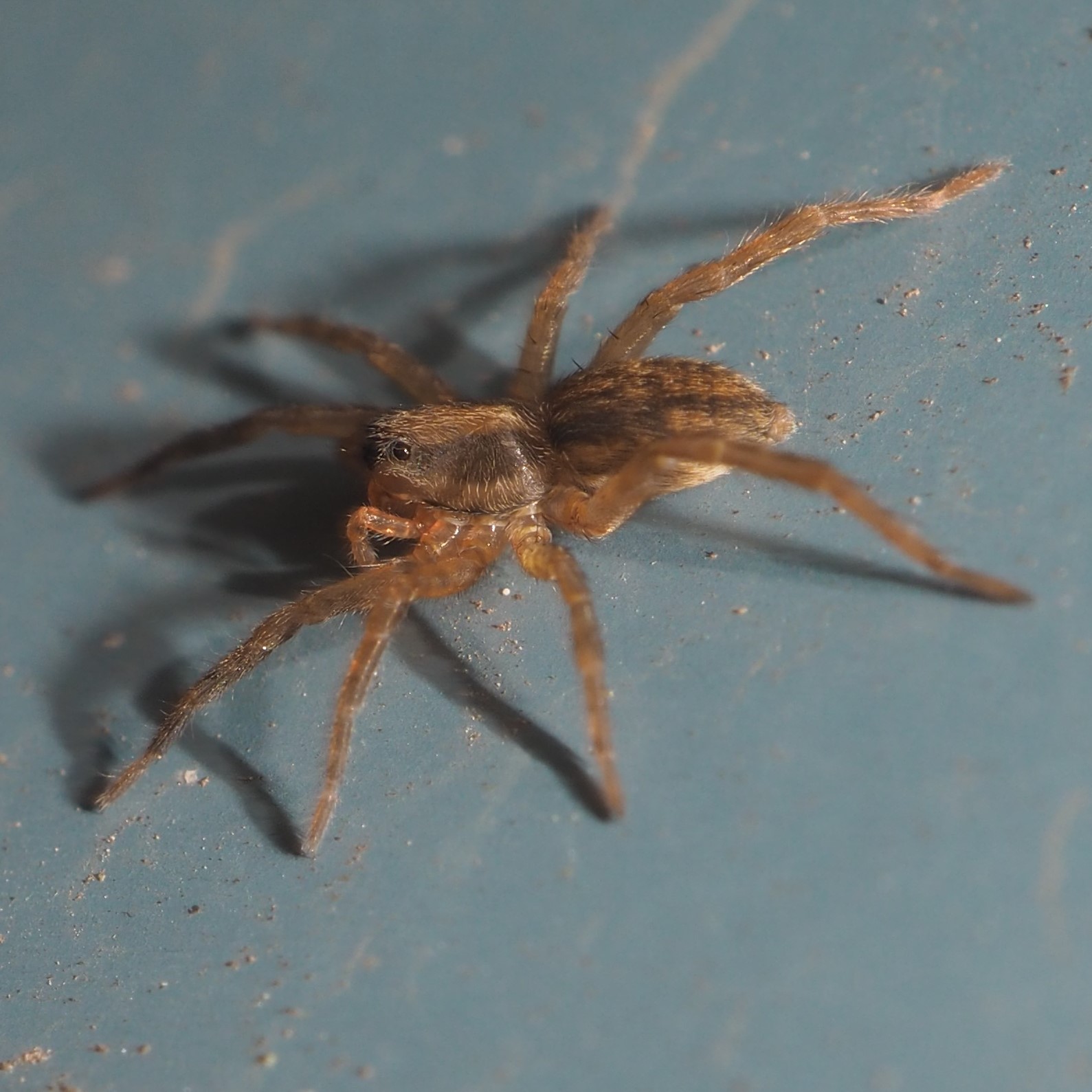
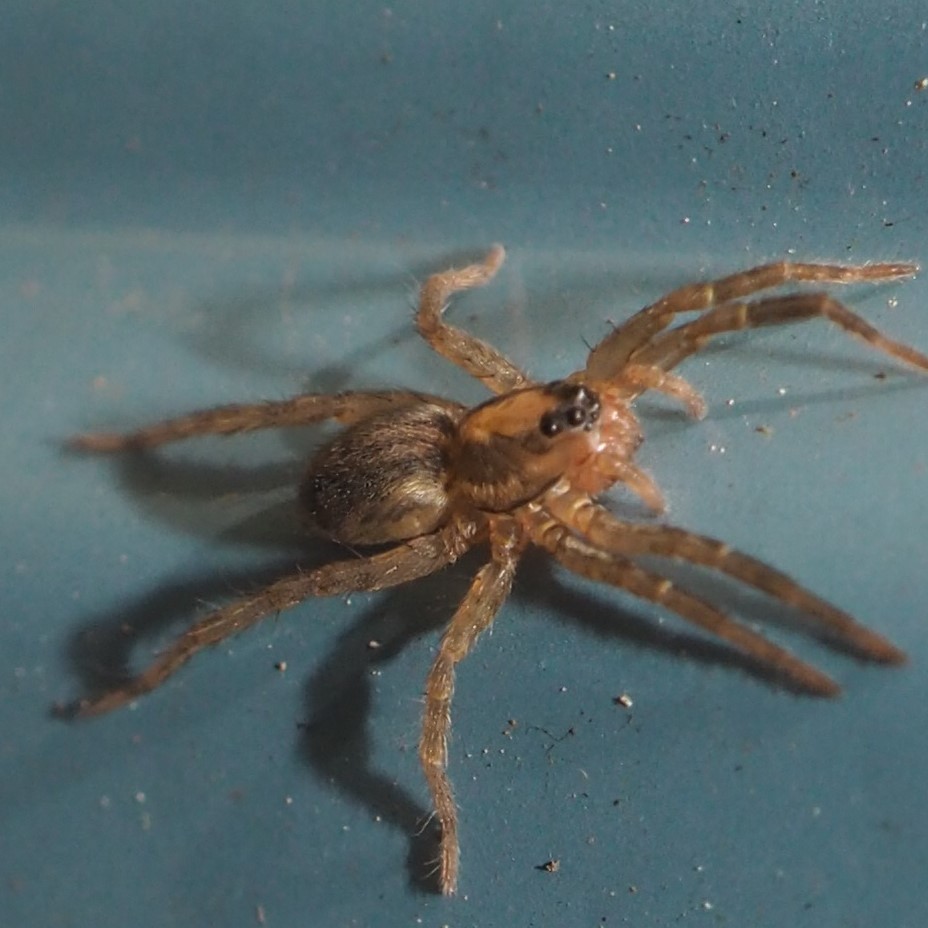
We had a couple of Ichneumonid Wasps. The first one is obviously female since it has an obvious ovipositor.
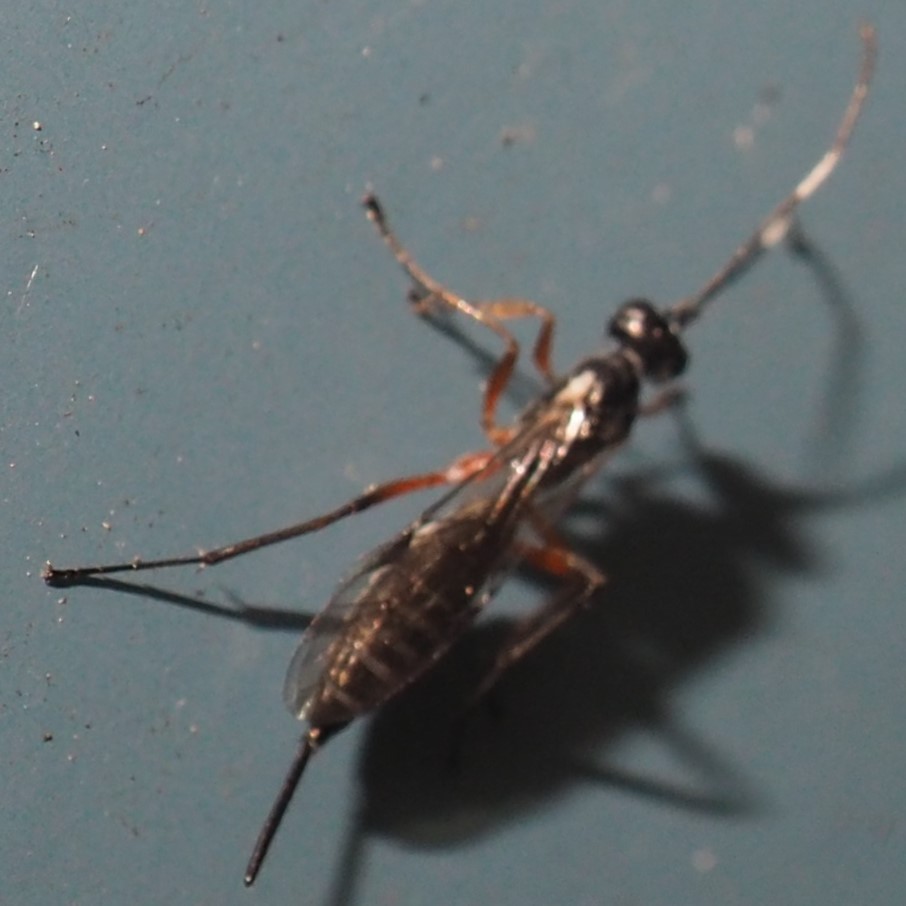
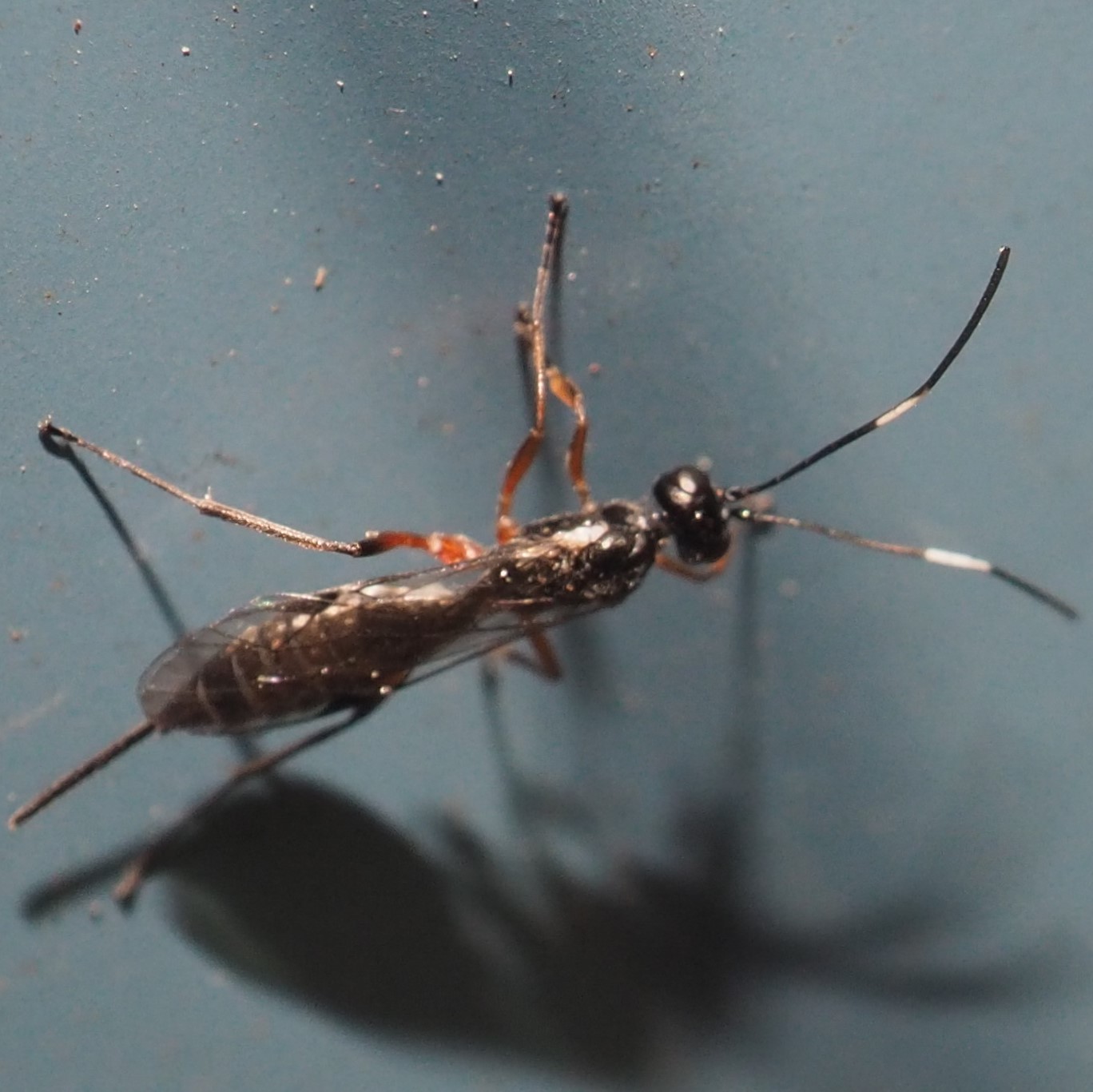
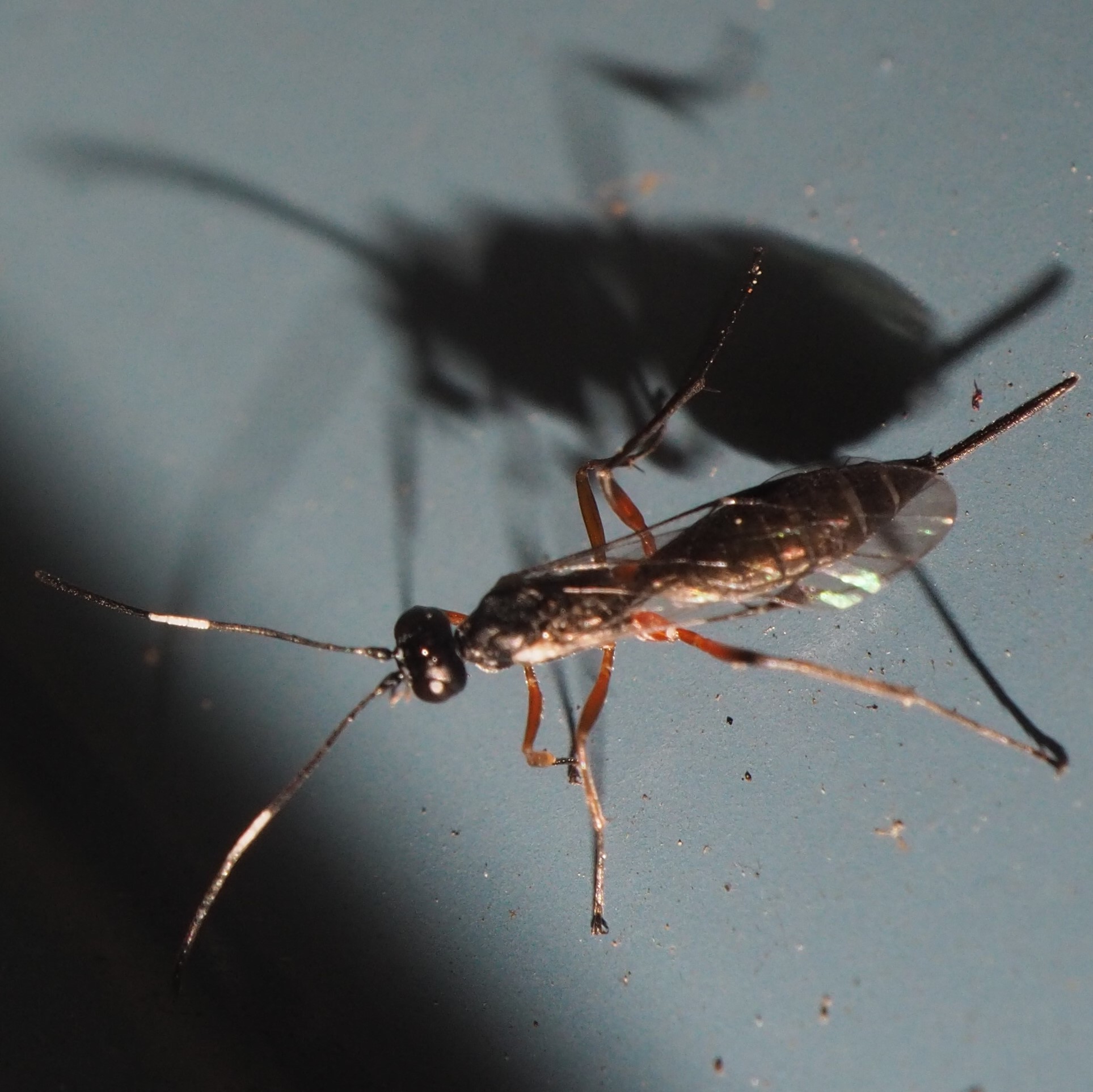
The second kind is a male, lacking an ovipositor.

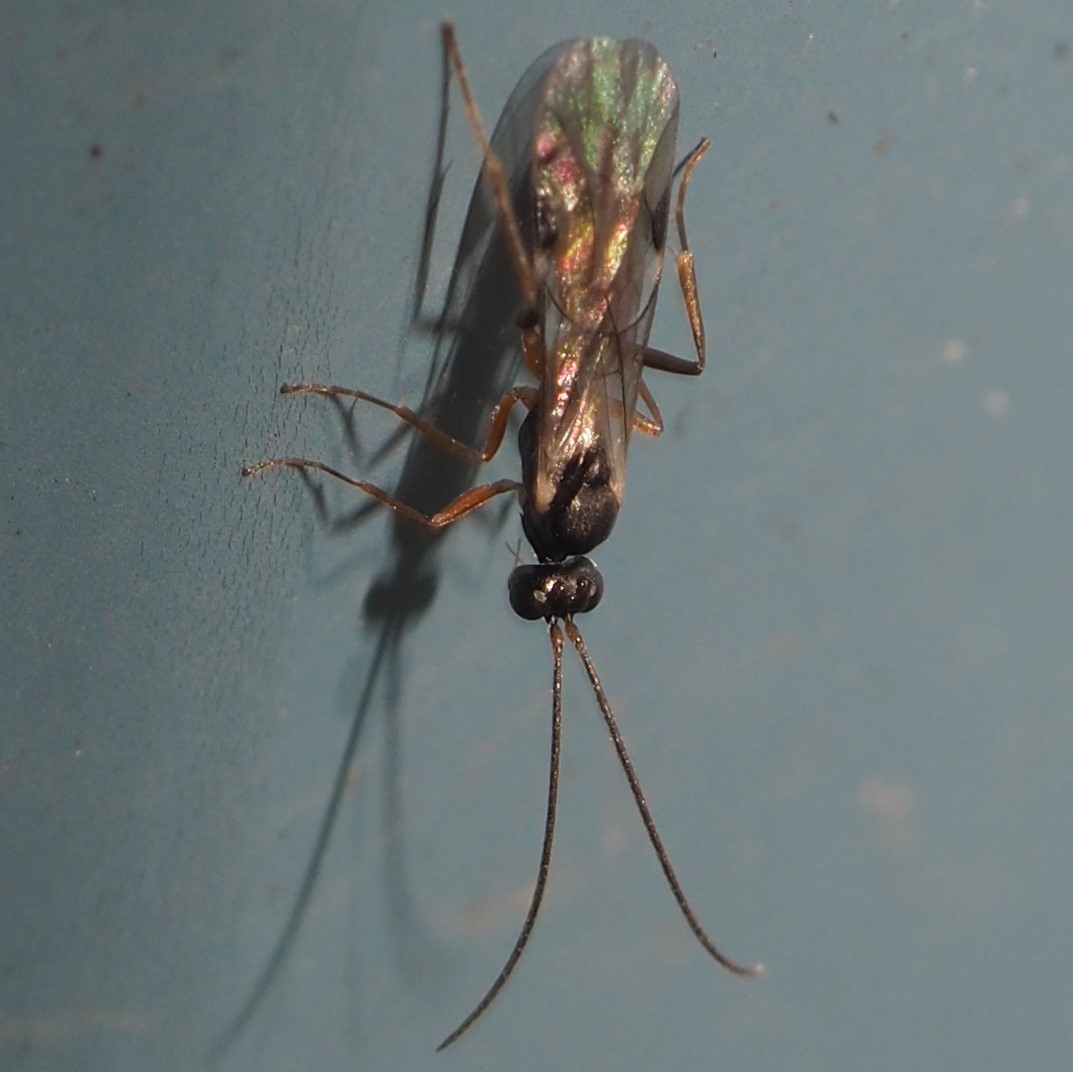
The Redbud Tree is at the top of its flowering. I love that tree!
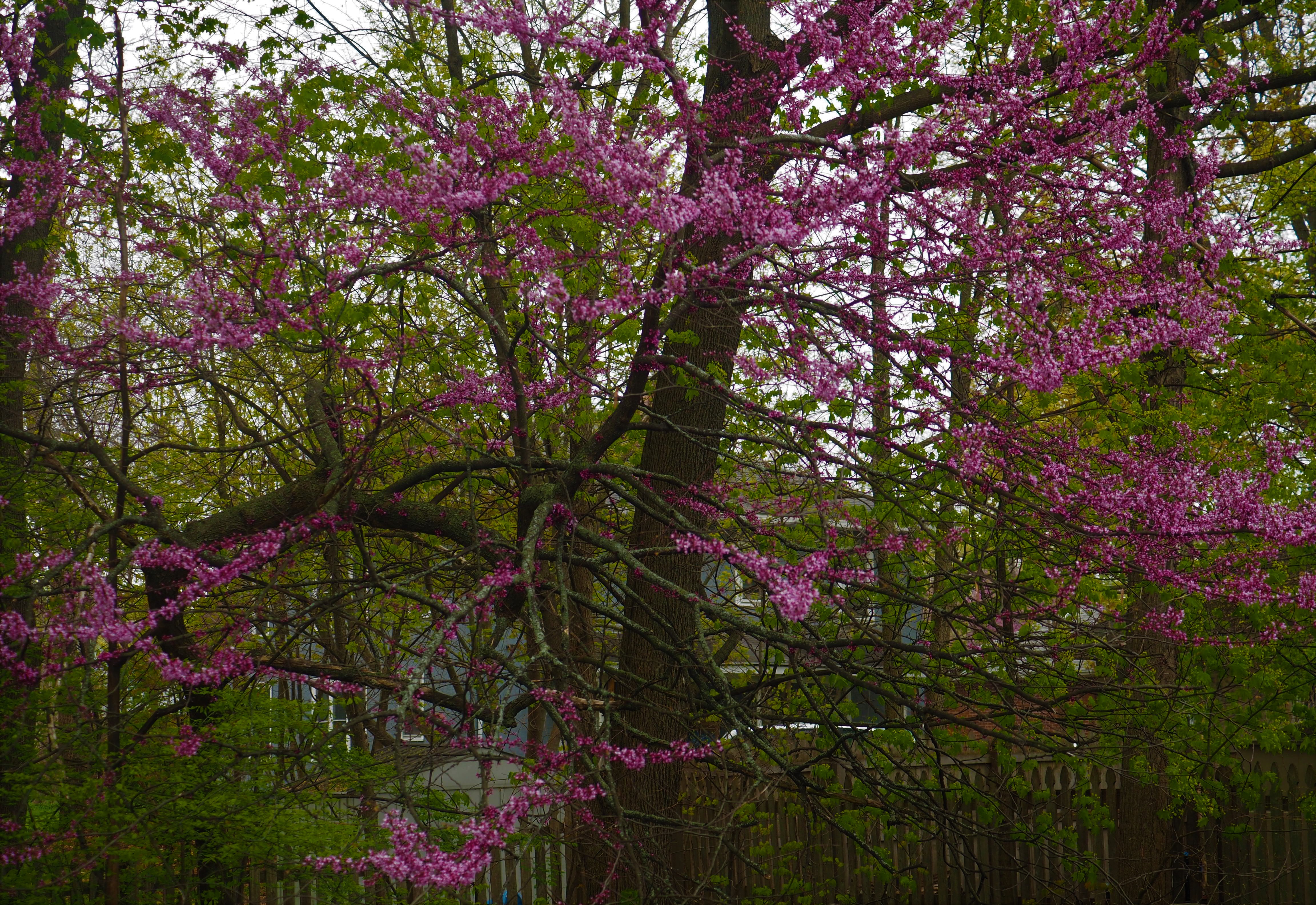
And in Deb's yard, next to MY driveway, is a more and even more magnificent Weeping Cherry Tree. Click twice to bring out all the colors.

Remember a couple of weeks back, we talked about how April can behave in Michigan, and maybe everywhere else too. When I saw the little baby Barklice last week and then viewed the weather map for the next few days, I almost despaired of the babies' making it through the week. They survived 0 degrees F for a couple of nights and are still here. Sometime in the next few days,the weather is showing a day or two in the 80's F. Who knows what Nature will bring in that time! Good or bad, who knows? It may indeed snow in the punchbowl again this year but we will watch Nature's courage and resilience! We are all in this together. Whether or not you feel linked to the life or death of these tiny creatures, we all are linked to a greater kind of life.
By the way, you let me get away with quoting the Beatles for "Every one of us is all we need". Who can recall what the real words were and in which song? Hint: it wasn't "Love is all we need".
Love, Martha
Back to April 18, 2021
Forward to May 2, 2021
Back to main menu
copyright Martha O'Kennon 2021

























































